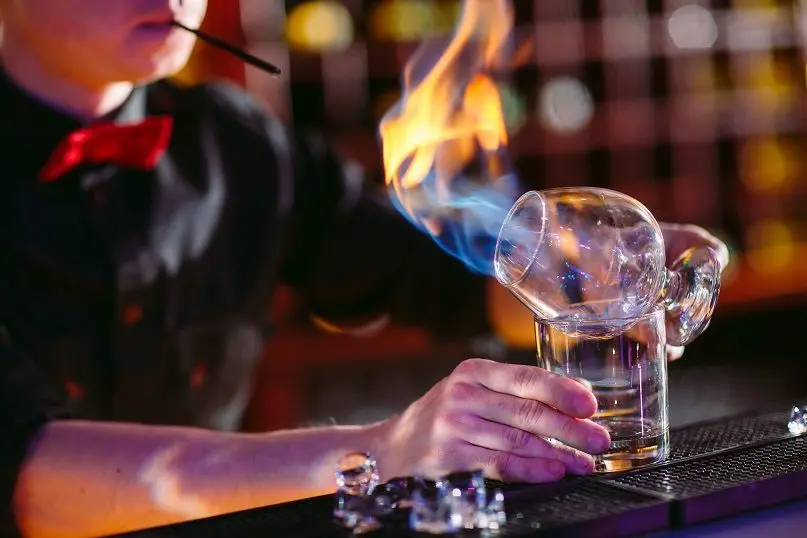A cocktail is an alcoholic or non-alcoholic drink consisting of two or more ingredients. However, this does not mean that you can simply pour all the ingredients into a glass at random and get an exquisite drink. The fact is that liqueurs, juices, strong alcohol and other liquids have different density, taste and other characteristics.
Mixology Secrets
A good cocktail is a balance between strong and weak, sour and sweet, thick and light.
The main high-grade components of cocktails are vodka, gin, rum. Less strong – wine (sparkling or still), liquor. Citrus fruits are responsible for the sour taste, and sugar and syrups bring sweetness.
Cocktail ingredients fall into three categories:
- Base – strong spirits like vodka, whiskey, rum, brandy, etc.
- Modifier – a drink that dilutes the base and reduces the strength of the entire composition, brings the desired taste and aroma to the bouquet. For example, vermouth, wine, fruit juice, in some cocktails – egg yolk and / or protein, cream.
- Flavoring. An ingredient that adds additional notes to the bouquet and/or changes the color of the cocktail, such as bitters, grenadine syrup, etc.
Most often (unless something else is stated in the recipe), these components are added in exactly the order indicated, that is, from a strong base to low-alcohol or non-alcoholic modifiers and flavors.
How to mix cocktail ingredients
Build
Build (build, English “build”). The simplest method: a cocktail is created directly in a glass, glass or glass. Ingredients can be poured in at the same time or in turn, depending on the recipe. The method is divided into two subtypes:
Building (building, English “building”). The ingredients are poured in alternately, the sequence is determined by the recipe. The most famous examples are Bloody Mary, Screwdriver. Most often, these cocktails are mixed in tall highball glasses and served with a swizzle stick, which can be used to mix all the ingredients of the drink, like sugar in tea.
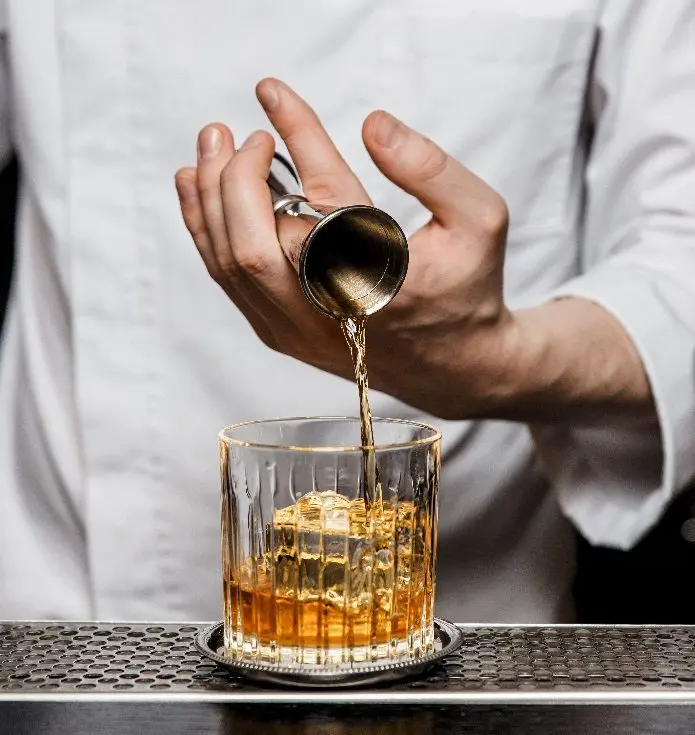
Layering (layering, from English layer – layer). This is how the famous layered cocktails are obtained, first of all, of course, shots. The ingredients are carefully laid in layers, from the densest to the lightest. The base layer is usually formed by liqueurs, followed by strong alcohol and / or juices. There are exceptions: for example, sambuca is first poured into the Hiroshima cocktail, and only then Baileys – this is how Irish Cream seeps through transparent alcohol in thin streams and creates a miniature illusion of a nuclear mushroom. Other classic representatives of the style are B-52, “Mexican Green”.
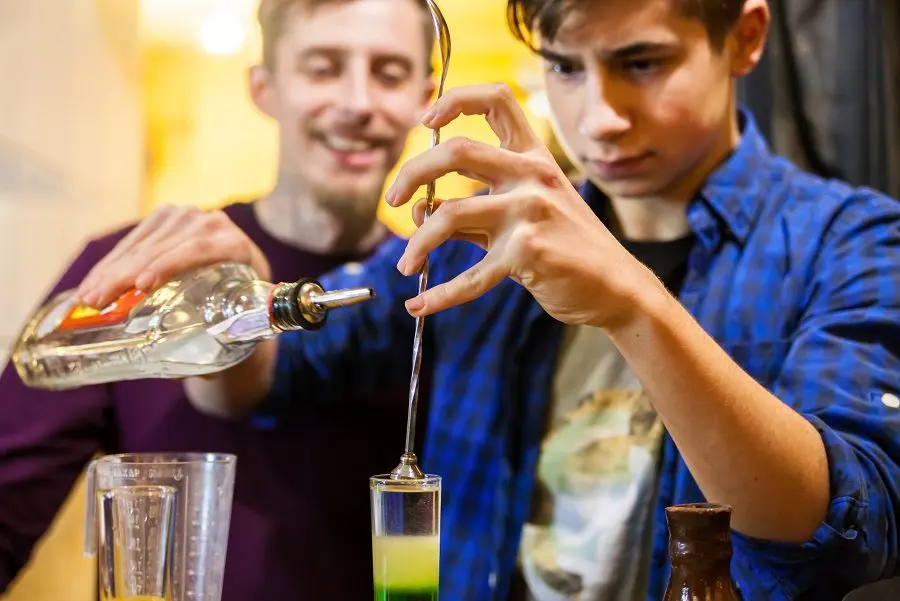
Stir
Stir (steer, English “mix”). In the mixing glass filled with ice, the components are poured one by one according to the principle of increasing degrees. Everything is gently mixed with a bar spoon and poured into a glass for serving through a strainer so that the ice remains in the glass. The result is a chilled cocktail without adding ice cubes to it (the minus of ice is that it melts, changing the taste and lowering the strength of the drink). An example of a cocktail made using this method is the Dry Martini.
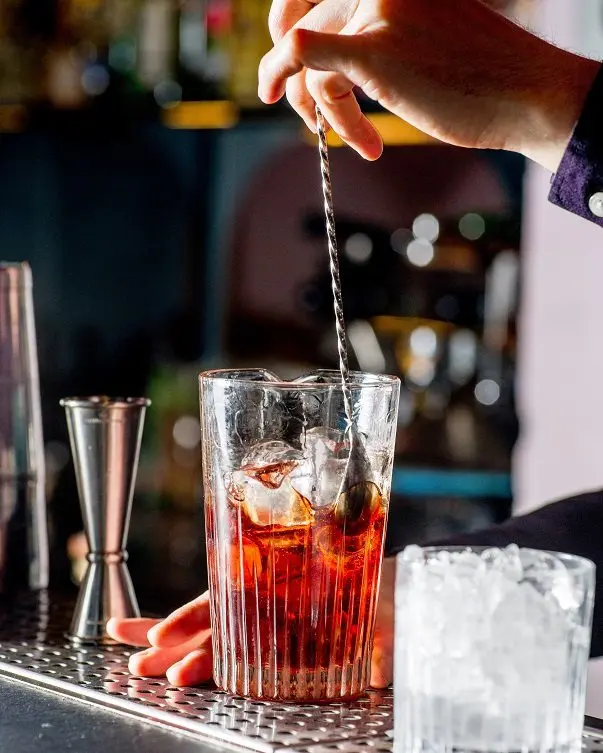
Shake
Shake (shake, English “shake”). This method of preparing cocktails is necessary for mixing components of different densities. First, the shaker is filled with ice by ¾, then the ingredients of the cocktail are added, closed and the vessel is shaken well for 20-30 seconds, making sure that the liquid is shaken properly. Finally, the finished drink is poured into a glass, while filtering from ice particles and fruit pulp using a strainer. This is how many famous cocktails are prepared: Whiskey Sour, Cosmopolitan, Margarita, Tom Collins, etc.
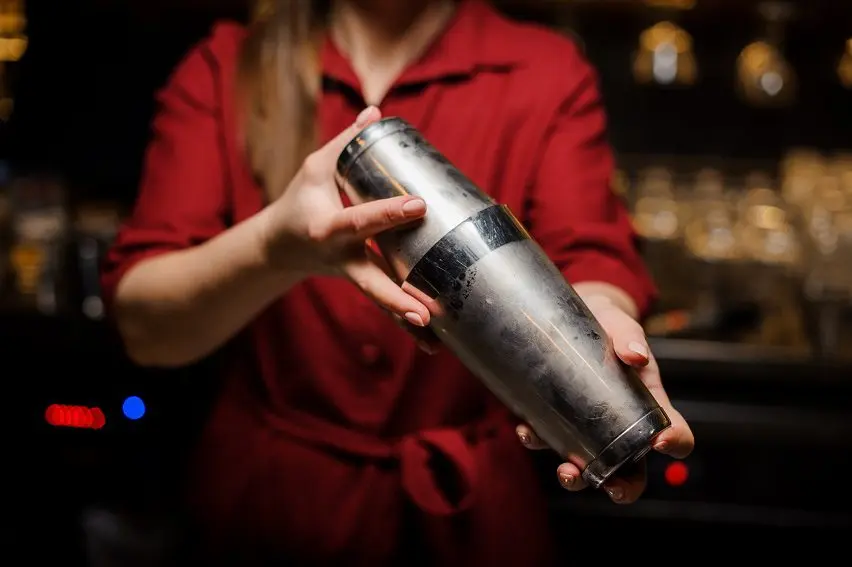
Obviously, drinks containing soda (soda, lemonade, champagne, etc.) cannot be mixed in a shaker – from active shaking, the liquid will first foam (dousing the bartender with a fountain as soon as he opens the vessel), and then exhale.
Blend
Blend (blend, eng. “mix”). Usually fruit smoothies or baby food are prepared in this way, but it is worth adding a little alcohol to the ice crumbs with fruit puree, and you get a refreshing cocktail.
In a blender, solid or viscous drink ingredients (fruits, vegetables, ice cubes, frozen berries, ice cream, etc.) are first ground, then juices, syrups and alcohol are added to them in any order. The blend is suitable for Pina Colada, Strawberry Daiquiri, Banana Margarita, Bahama Mama, etc.
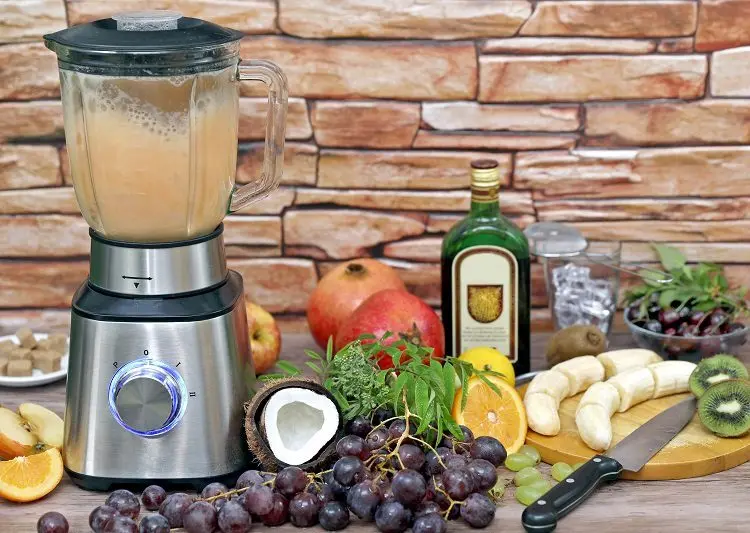
Additional techniques
The following steps are not independent ways to mix cocktails – rather, they are an additional touch that you can do without.
Muddling (maddling, from the English muddle – “to crush”). The mint leaves included in the cocktail, pieces of fruits and vegetables are kneaded in a glass with a special spoon-pestle. It is used in such cocktails as Mojito, Caipirnia.
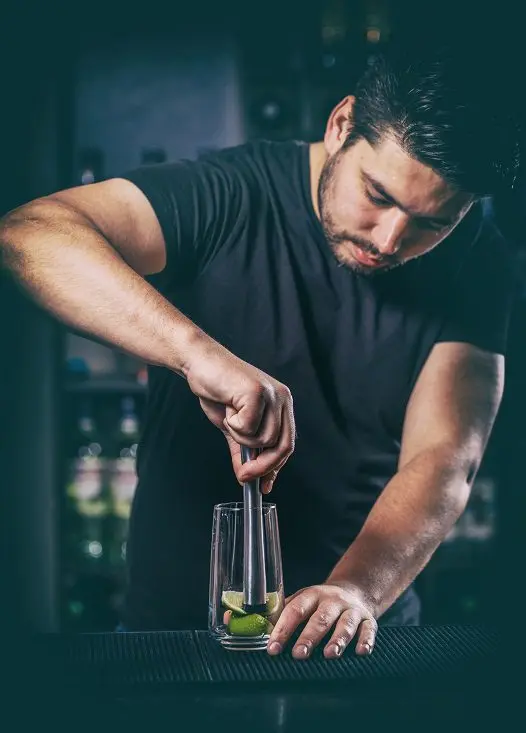
Flaming (Fleming, English “set fire”). The pinnacle of the master bartender, a technique in which an alcoholic beverage is set on fire to impress, enhance flavor, or bring out background aromas.
Most often, shots are set on fire, while the fortress of the upper layer must be at least 40%, otherwise it will not catch fire. Alcohol-containing drinks should not be added to a burning cocktail, and it must also be extinguished before drinking. Representatives of the style: “Pumpkin pie” sambuca with coffee beans, “reverse thrust”, etc.
